
m1025
.pdfa.Я бы хотел обратить Ваше внимание на следующий слайд.
b.Если у вас возникнут вопросы, буду рад ответить на них по завершении своего доклада.
c.Прошу внимания!
d.Доброе утро, коллеги!
e.Добрый день, дамы и господа!
f.Давайте начнем.
g.Позвольте представиться… Меня зовут… Я являюсь представителем…
h.Здравствуйте, друзья!
i.Цель моего сегодняшнего выступления -…
j.Мой доклад займет около 10 минут.
k.Разрешите представить Вам мою исследовательскую работу…
l.Давайте перейдем к …
m.Позвольте подвести итог.
n.Благодарю за внимание. Прошу задавать вопросы.
o.Моя презентация состоит из следующих частей…
Exercise 10.  Listen to the coach speaking about how to prepare a presentation. Then answer the questions:
Listen to the coach speaking about how to prepare a presentation. Then answer the questions:
1.What may help you to feel more comfortable while giving a presentation?
2.How many questions does the speaker ask himself before start preparing? What are these questions?
3.What aims of a presentation does he define?
4.What equipment is mentioned?
5.What technique does the speaker use to organise his ideas for presentation?
6.What visuals does he speak about?
7.What is the speaker’s method of working with the audience?
Exercise 11.  Listen again. What clichés does the speaker use to:
Listen again. What clichés does the speaker use to:
1)organise his presentation logically?
2)illustrate his ideas?
3)introduce himself and explain his position to the audience?
Exercise 12. Read the transcript and answer the questions:
1.What numbers are mentioned by the speaker?
2.What are the main results of the survey?
3.What types of visual aids does the speaker use to illustrate his findings?
4.What clichés are used to organise the speech logically?
5.What other clichés does the speaker use?
Can I have your attention, please? Good afternoon ladies and gentlemen.
The presentation is devoted to my project in Intelligent Transport Systems. It deals with the problem of implementation of Intelligent Traffic Management Systems into rail transport sector and European Railway Traffic Management Systems as an example.
The project in general discloses the present state of ERTMS. It has three parts.
Part one is about Intelligent Transport Systems – in my presentation I will use the abbreviation ITS.
Part two deals with European Railway Traffic Management Systems or ERTMS.
53
Part three focuses on the problem of the use of analogues of intelligent transport systems for Russian railways.
The report will take about 5 minutes.
I’ll try to answer all of your questions after the presentation.
So, let me start with the problem of ITS.
In the past the safety of railway traffic depended on actions by humans. Today the situation is different: IT has become the reality of the transportation sector in most countries. So railway systems are widely automated.
That is why the problem of ITS is of great interest.
Now have a look at this slide. Here you can see some problems that could be solved with the help of ITS
Known as applications of communication and electronics technologies in transport systems, ITS are implemented to improve safety, increase rail transport efficiency and reduce negative impact on society and environment.
Move on to the next slide. Here I’d like to draw your attention to the classification of ITS.
These systems are mainly grouped as follows: traffic management systems, traveller information systems and e-ticketing systems.
This leads me to the next point in my presentation. It is European Railway Traffic Management Systems or ERTMS.
I must note that traffic management systems are focused on different covered areas: rail networks, railway stations (Interlocking systems) and trucks (outside of railway stations). The latter includes ERTMS.
ERTMS is a major industrial project developed by eight companies. Their names are listed here.
The project includes two main components:
1.The first is the European Train Control System. It is a new automatic train protection system.
2.The second is GSM-R, a radio system for providing voice and data communication between the track and the train. It is based on standard GSM using frequencies specifically reserved for rail application with certain specific and advanced functions.
I’d like you to look at this table, which shows the advantages of ERTMS.
Firstly, trains equipped with ERTMS are able to run on tracks equipped with ERTMS. It makes easier cross border freight operations.
Besides, ERTMS reduce the headway between trains enabling up to 40% more capacity on currently existing infrastructure.
Secondly, ERTMS provide geographical interoperability between countries and interoperability between European suppliers.
And finally ERTMS with several levels of development make an easy level by level elevation. In conclusion let me say that the analysis of European experience helped to define another problem: the use of analogues of ITS for Russian railways to improve safety, to increase rail transport efficiency and to reduce negative impact on the environment.
Thank you for your attention. Feel free to ask questions.
Exercise 13. Evaluate the speech. Is the speaker informative and persuasive? Discuss in the group.
Exercise 14. Study the English clichés and their Russian equivalents given in the table below.
Match a speaker’s activity while handling questions with the appropriate clichés.
1.Opinion giving (высказывание своего мнения).
2.Avoiding giving an answer (уклонение от ответа).
3.Agreeing (выражение согласия).
4.Disagreeing (несогласие).
5.Placating (высказывание компромиссной точки зрения).
54
6.Signaling (обращение к аудитории).
7.Buying time (оттягивание времени).
8.Clarifying a question (уточнение).
Handling questions
a. |
As I see it |
Насколько я понимаю это |
|
As far as I can tell |
Насколько я могу судить |
|
In my opinion |
На мой взгляд |
|
I believe |
Я полагаю |
b. |
Could you go over that again? /Sorry, could you say |
Извините, не могли бы вы повторить |
|
that again/repeat that, please? |
вопрос? |
|
What exactly did you mean by …? |
Не могли бы Вы уточнить? |
c. |
I'm afraid that's not the field of my research. |
Это не входит в тему моего |
|
|
исследования. |
|
I’m afraid I’m not able to answer this question at |
Боюсь, сейчас я не могу ответить на |
|
present. |
Ваш вопрос. |
d. |
I’d like to give that some thought |
Мне бы хотелось обдумать это |
|
Well, let me think about that |
Дайте мне подумать над этим |
|
Could we hold that for later? |
Может, мы отложим это на потом? |
e. |
I totally agree. |
Я полностью согласен |
|
I fully/completely agree with you. |
Полностью с Вами согласен. |
|
Yes, without a doubt. |
Да, несомненно |
|
Absolutely/exactly. |
Совершенно верно |
|
No objections here. |
Здесь у меня нет возражений |
|
That’s just what I was going to say. |
Я разделяю Ваше мнение. |
|
I think so too. |
Я считаю так же. |
f. |
I’m afraid, I can’t agree with you. |
Боюсь, я не могу с этим согласиться. |
|
I don’t think that’s quite right. |
Я не совсем в этом уверен. |
|
I’m afraid I have to disagree with you. |
Я не могу с этим согласиться. |
|
No, I’m afraid not |
Нет, боюсь, что нет |
|
I don’t see it that way |
Я так не думаю |
|
I think you’ve missed the point |
Мне кажется, вы упустили главное |
|
I’m not convinced. |
Я не убежден (а) |
|
That’s highly unlikely. |
Это маловероятно |
g. |
Well, in that case. |
Ну, в таком случае |
|
Now that I think about it. |
Хотя, если подумать об этом |
|
Sure, why not? |
Конечно, почему бы и нет |
|
Well, I guess you could be right. |
Пожалуй, вы и правы |
h. |
Does that answer your question? |
Ответил ли я на ваш вопрос? |
|
Did that clear it up? |
Я прояснил ваши сомнения? |
55
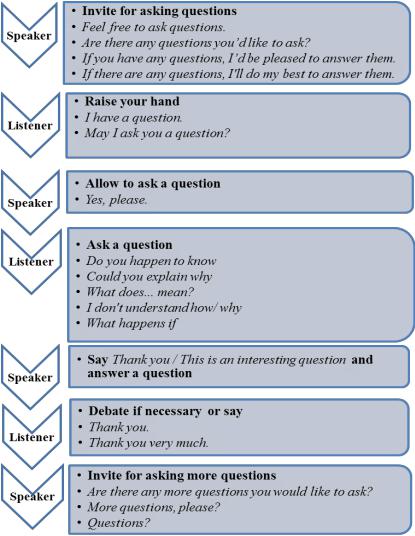
Exercise 15. Present your project to the group (speak for 4 or 5 minutes). Be ready to take part in the question-and-answer session. Follow the diagram given below. Remember that you should sound polite while asking and answering questions! Appendix 9 may help.
Exercise 16. Ask your groupmates to evaluate your presentation, use the form below.
Evaluating checklist (Presentation)
Student’s Name …………………………
|
Points to check for |
No |
Yes |
|
|
|
|
1. |
Is there an interesting/ important topic from a professional |
|
|
field? |
|
|
|
2. |
Could the audience easily understand the presentation? |
|
|
3. |
Did the presenter clearly state the objectives in the |
|
|
introduction? |
|
|
|
4. |
Did the presenter help the audience to follow the main |
|
|
points? |
|
|
|
5. |
Did the speaker present the information clearly, keeping |
|
|
the attention and interest of the audience? |
|
|
|
56
6. If visual aids were used, were they |
|
|
|
|
|
a) clear; |
|
|
|
|
|
b) visible; |
|
|
|
|
|
c) easy to understand? |
|
|
|
|
|
|
|
|
|
|
|
7. Did the presenter maintain sufficient eye contact with the |
|
|
|
|
|
audience? |
|
|
|
|
|
8. Evaluate the speaker's voice: |
|
|
|
|
|
a) |
speed; |
a) fast /slow/OK |
|
|
|
b) |
volume; |
b) quiet /loud /OK |
|
||
c) |
pitch |
c) monotonous |
/ expressive |
||
9. Did the speaker make a conclusion? |
|
|
|
|
|
10. Did the speaker manage the timing well? |
|
|
|
|
|
1. Did the speaker deal with questions well? |
|
|
|
|
|
2. Your assessment of the presentation: |
|
Satisfactory (3) |
|
|
|
|
|
Poor (2) |
Good (4) |
Excellent (5) |
|
|
|
|
|
|
|
57
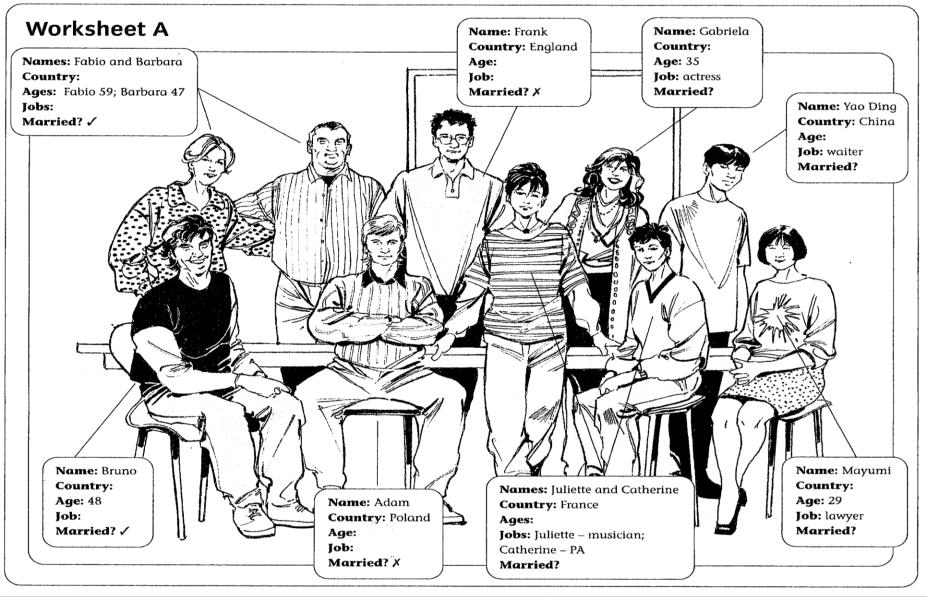
58
Appendix 1
58
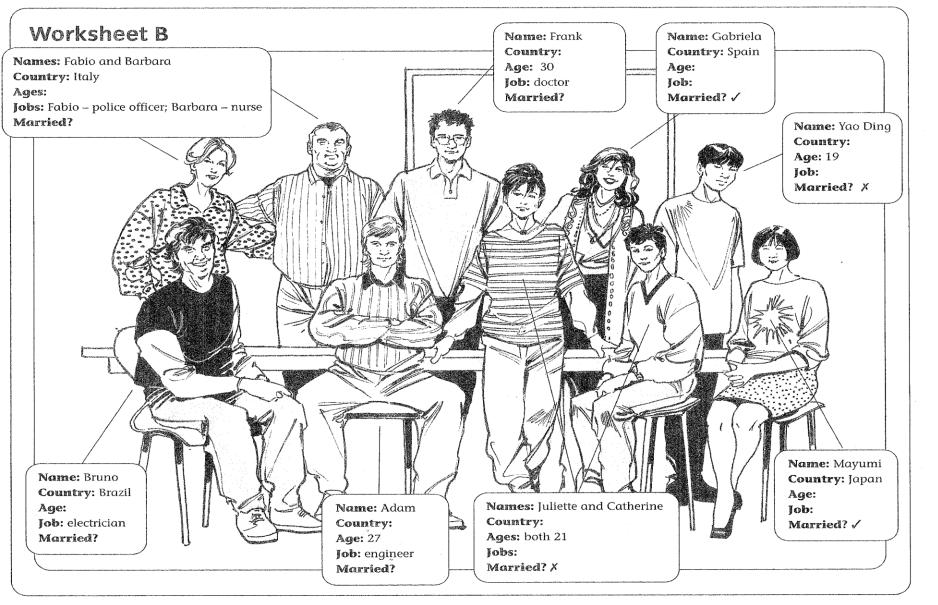
59
59

Appendix 2
A person can be:
of fair (dark) complexion – с бело-розовым
(смуглым) цветом лица
handsome – красивым, статным (о мужчине) charming – обаятельной, очаровательной, прелестной (о женщине)
pretty – хорошенькой (о женщине) elegant – элегантной
strong – сильным broadshouldered – широкоплечим
A person can:
have freckles – иметь веснушки
have dimples – иметь ямочки на щеках have moles – иметь родинки
be tall / short / middle – sized – быть высоким /
низким / среднего роста
be lean (thin) / slim (slender) / plump / plumpish – быть худым / стройным / полным / пухленьким
be clean–shaved – быть чисто выбритым be well-dressed – быть хорошо одетым
be immaculately dressed – быть безупречно одетым
look nice – хорошо выглядеть
dress casually – одеваться свободно, непринужденно
wear formal dress – носить одежду строгого стиля
wear fashionable clothes – носить модную одежду
wear simple jewelry – носить скромные украшения
use expensive make up – пользоваться дорогой косметикой
Smb’s face can be: oval / square / round –
овальным / квадратным / круглым wrinkled / pleasant / unpleasant –
морщинистым / приятным / неприятным
Smb.’s eyes can be:
grey/ green /blue /hazel (brown) – серыми/
зелеными / голубыми / карими
large / small / clever – большими / маленькими /
умными
Smb.’s eyelashes can be:
long / short / thick/ thin – длинными/
короткими / густыми / редкими
Smb.’s eyebrows can be: penciled / bushy – соболиными /
кустистыми
Smb.’s forehead can be:
broad / narrow / high / low / great –
широким / узким / высоким / низким / большим
Smb.’s hair can be:
fair / black / chestnut/ red – белокурыми /
черными / каштановыми / рыжими long / short / thin / thick / good / bad –
длинными / короткими / редкими / густыми / хорошими / плохими
Smb.’s nose can be:
straight / aquiline / crooked / snub (turned up) – прямым/ орлиным/ кривым/ курносым
Smb.’s cheeks can be:
rosy / pale – розовыми/ бледными plump / hollow – пухлыми / впалыми
Smb.’s lips can be:
thin / full / red / pale – тонкими /
пухлыми / красными/ бледными
Smb.’s teeth can be:
white/ small/ large/ even/ uneven –
белыми / мелкими / крупными / ровными / неровными
Smb.’s chin can be:
tiny / round / even / protruding – очень маленьким / крутым / ровным / выдающимся
60
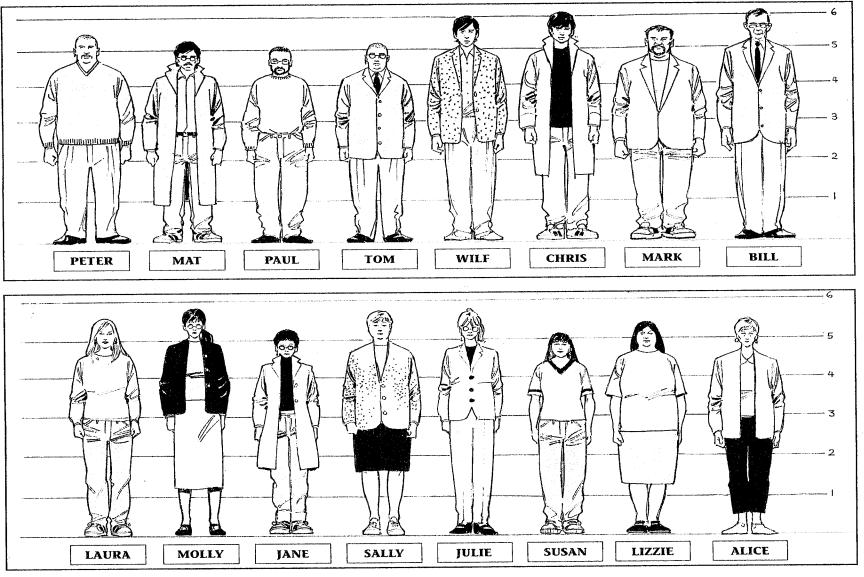
Appendix 3
61
61
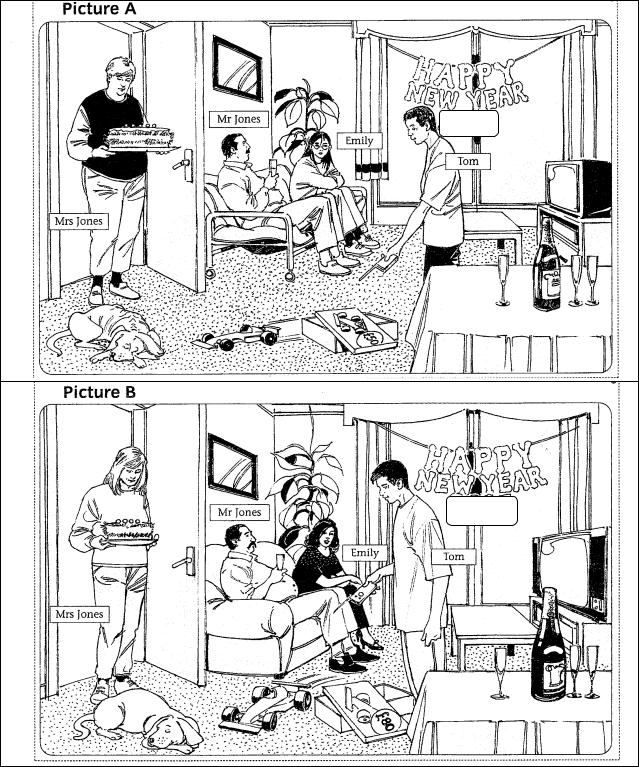
Appendix 4
2008
2013
62
